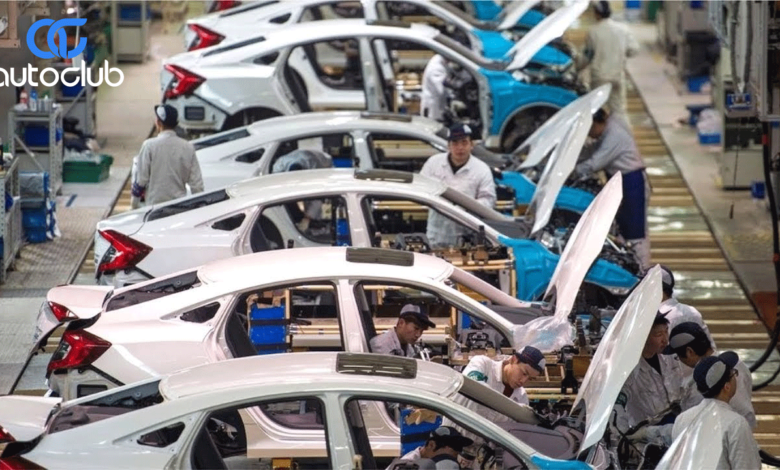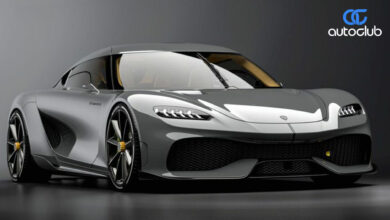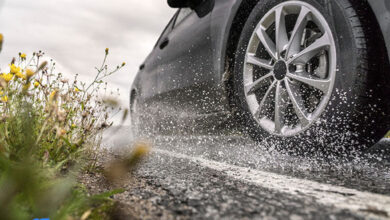The Science Behind Car Manufacturing: Unveiling the Engineering Marvels

Introduction: Unraveling the Wonders of Car Manufacturing
In today’s fast-paced world, cars have become an indispensable part of our lives. The process of manufacturing these sophisticated vehicles involves a symphony of engineering prowess, cutting-edge technologies, and innovative materials. From the assembly line to the final product, this article takes you on a journey to understand the science behind car manufacturing. Join us as we explore the intricate details that make the modern automobile a true engineering marvel.
The Science Behind Car Manufacturing
The foundation of car manufacturing lies in the seamless integration of various scientific principles. The synergy of mechanical engineering, materials science, and robotics creates a holistic approach that results in exceptional vehicles. Let’s delve into the key aspects that constitute the science behind car manufacturing:

Structural Engineering: Building the Foundation
Structural engineering forms the backbone of car manufacturing. Engineers meticulously design the vehicle’s chassis and body to ensure optimal strength, safety, and performance. Advanced computer simulations and stress analysis help optimize the design, while lightweight materials like high-strength steel and aluminum contribute to fuel efficiency without compromising structural integrity.
Powertrain Technology: The Heart of the Machine
The powertrain serves as the heart of a car, encompassing the engine, transmission, and drivetrain components. Combustion engines and electric motors are engineered to deliver power efficiently, taking into account factors like emissions, performance, and energy consumption. Transmissions are designed to seamlessly transfer power to the wheels, while drivetrain layouts impact handling and traction.
Material Science: Choosing the Right Components
Materials play a pivotal role in car manufacturing. Innovations in composite materials, such as carbon fiber-reinforced polymers, contribute to lightweight construction and improved fuel efficiency. Additionally, smart materials that can adapt to changing conditions enhance safety and comfort, making the driving experience more enjoyable.
Automation and Robotics: Precision in Production
Modern car manufacturing heavily relies on automation and robotics. Robots handle tasks that require high precision, consistency, and speed, such as welding, painting, and assembly. This not only ensures uniform quality but also reduces the likelihood of human errors, resulting in safer and more reliable vehicles.
Aerodynamics: Enhancing Performance and Efficiency
Aerodynamics is a critical consideration in car design. Engineers craft the vehicle’s shape to minimize drag and optimize airflow, improving both performance and fuel efficiency. Features like spoilers, diffusers, and active grille shutters are strategically incorporated to manipulate air currents and enhance overall vehicle dynamics.
Electronics and Connectivity: The Tech Oasis
In the digital age, cars have evolved into sophisticated tech hubs. Advanced electronics power features like infotainment systems, driver assistance, and connectivity options. Sensors and cameras enable adaptive cruise control, lane-keeping assistance, and autonomous driving capabilities, enhancing safety and convenience.

Assembly Line Efficiency: Streamlining Production
The assembly line is the heart of car manufacturing, where precision and efficiency meet. Components are meticulously assembled in a choreographed sequence, allowing for smooth integration and minimizing production time. Lean manufacturing principles optimize workflow, ensuring that each vehicle is crafted with precision and care.
FAQs:
How are cars manufactured on an assembly line?
Car manufacturing on an assembly line involves a step-by-step process where components are added in a systematic order. This method ensures efficient production, consistent quality, and reduced manufacturing time.
What materials are commonly used in modern car manufacturing?
Modern cars often utilize a mix of materials, including high-strength steel, aluminum, carbon fiber composites, and various plastics. These materials are chosen to balance factors such as strength, weight, and cost.
How do robotics contribute to car manufacturing?
Robotics play a significant role in car manufacturing by handling tasks that require precision and speed. They perform welding, painting, and assembly, leading to higher efficiency and reduced human errors.
How do aerodynamics affect a car’s performance?
Aerodynamics impact a car’s performance by influencing drag and airflow. A well-designed aerodynamic profile reduces drag, improves fuel efficiency, and enhances stability and handling.
What is the role of electronics in modern cars?
Electronics in modern cars power various features, including infotainment systems, driver assistance, and connectivity options. Sensors and cameras enable advanced safety and autonomous driving capabilities.
How does the use of automation impact car manufacturing?
Automation improves car manufacturing by ensuring consistent quality and precision. Robots handle repetitive tasks, leading to increased efficiency and reduced production time.
Conclusion: Driving into the Future
The science behind car manufacturing is a captivating blend of innovation, engineering excellence, and technological advancements. As we continue to push the boundaries of what’s possible, the automotive industry stands poised to redefine mobility through sustainable practices, intelligent designs, and unparalleled safety measures. The intricate dance between science and engineering continues to shape the way we experience the road, promising a future where cars are not just vehicles, but true marvels of human ingenuity.




